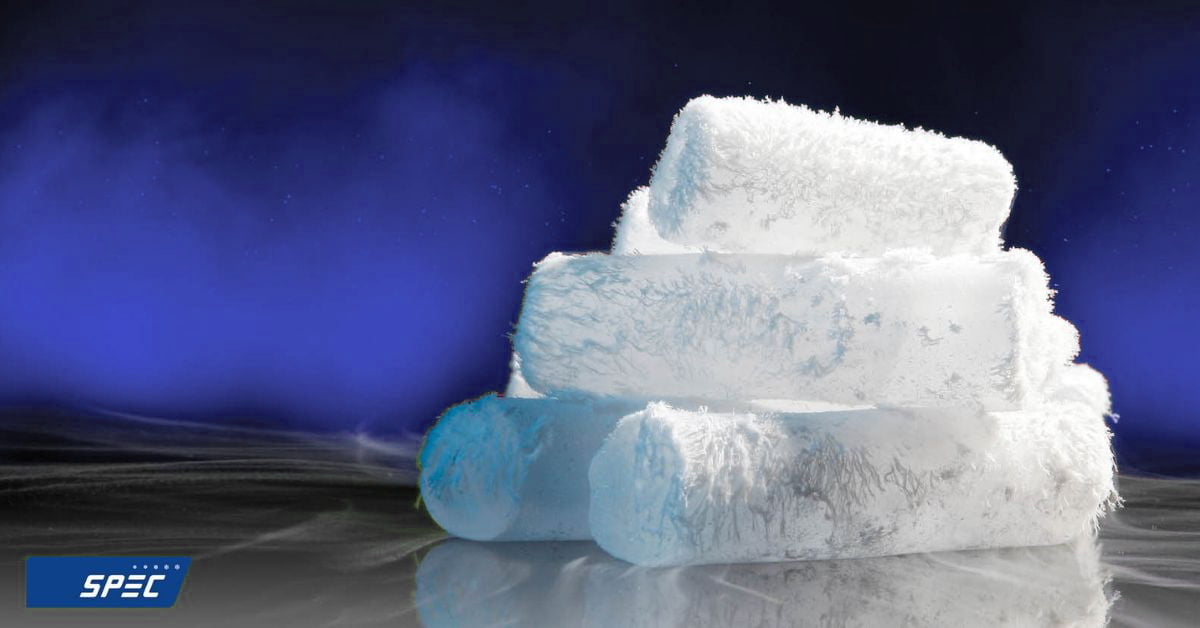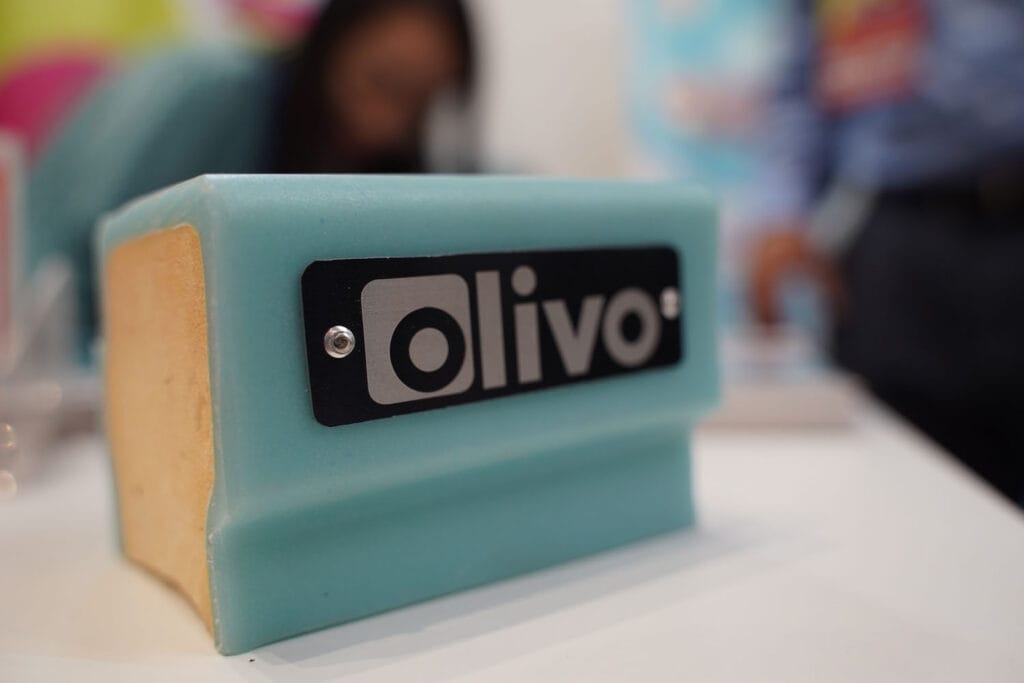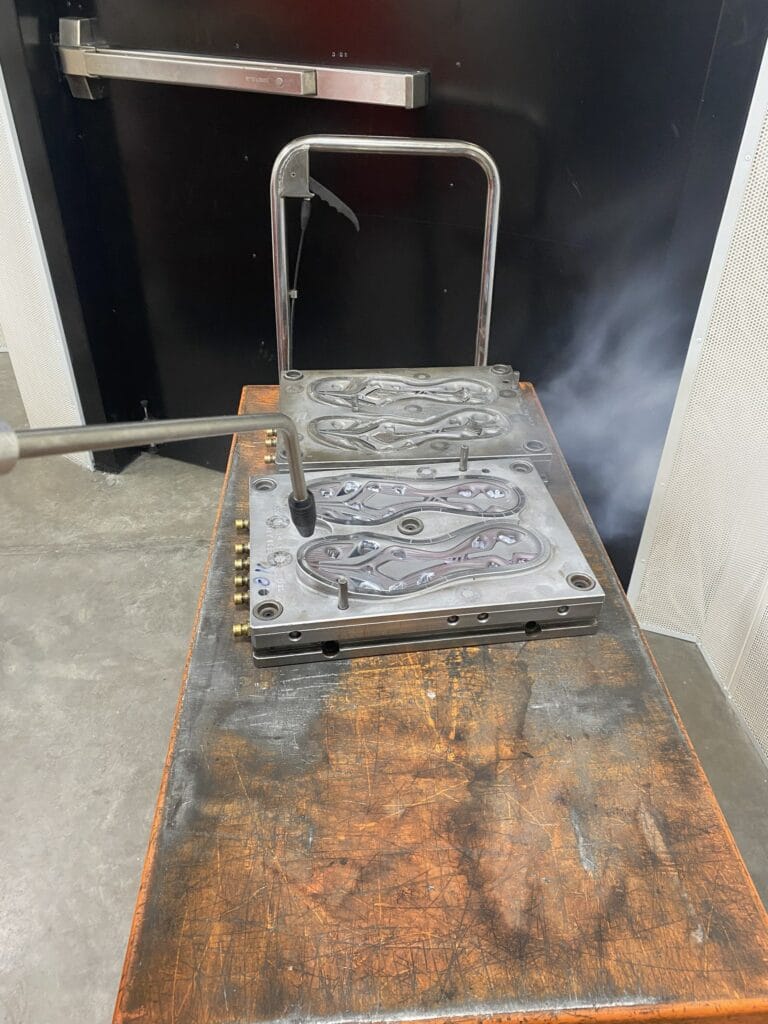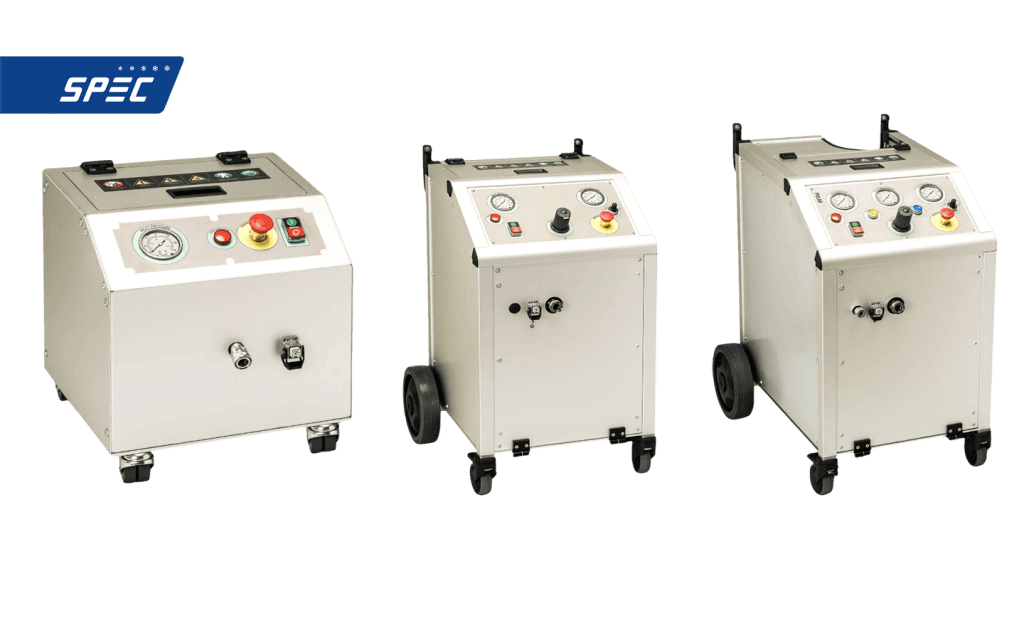Cut Costs, Reduce Emissions: Olivo Boxes and the Power of Passive Cooling
Discover the future of temperature-controlled shipping with Olivo Boxes! Tired of relying on refrigerated trucks to keep your products fresh and safe during transport? Olivo Boxes offer a revolutionary solution that eliminates the need for fuel-guzzling vehicles. Key benefits of Olivo Boxes: Watch this video to learn more about how Olivo Boxes can revolutionize your […]




